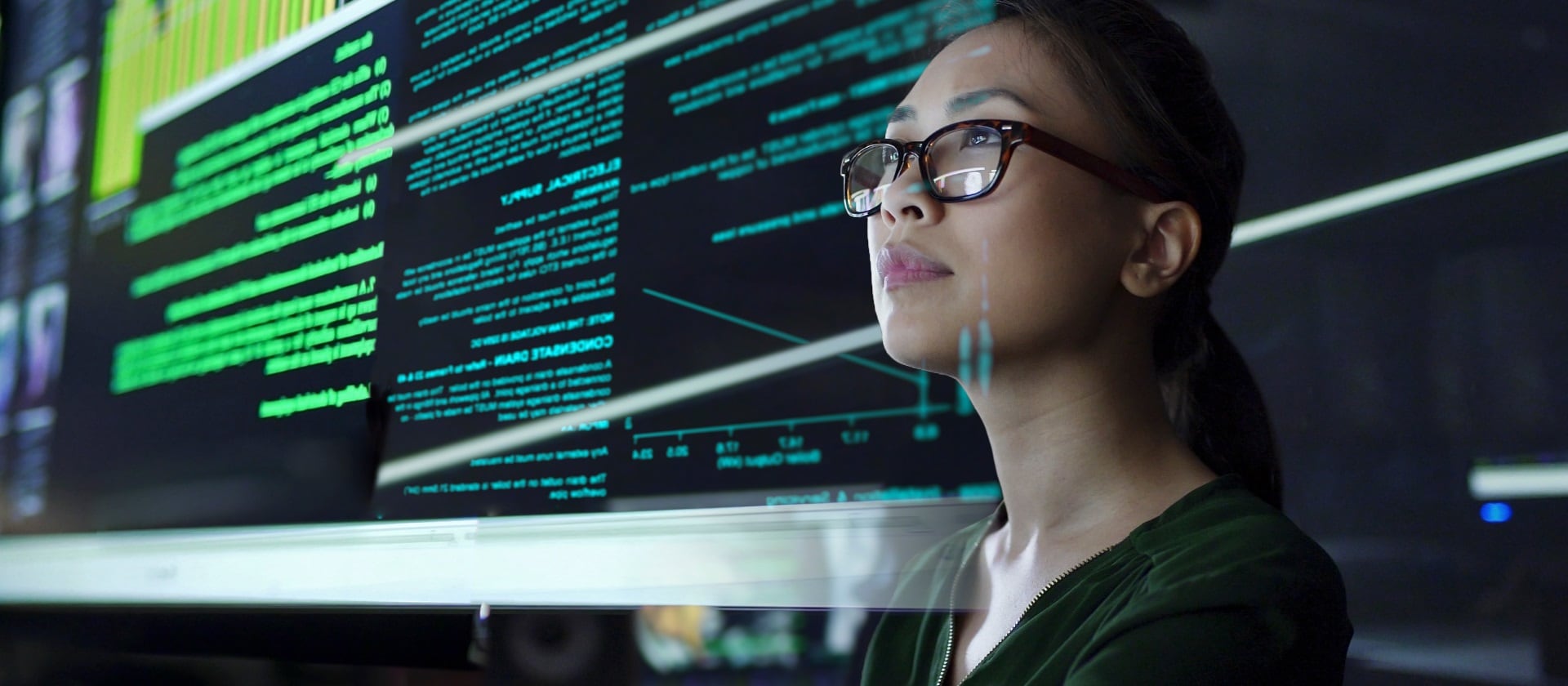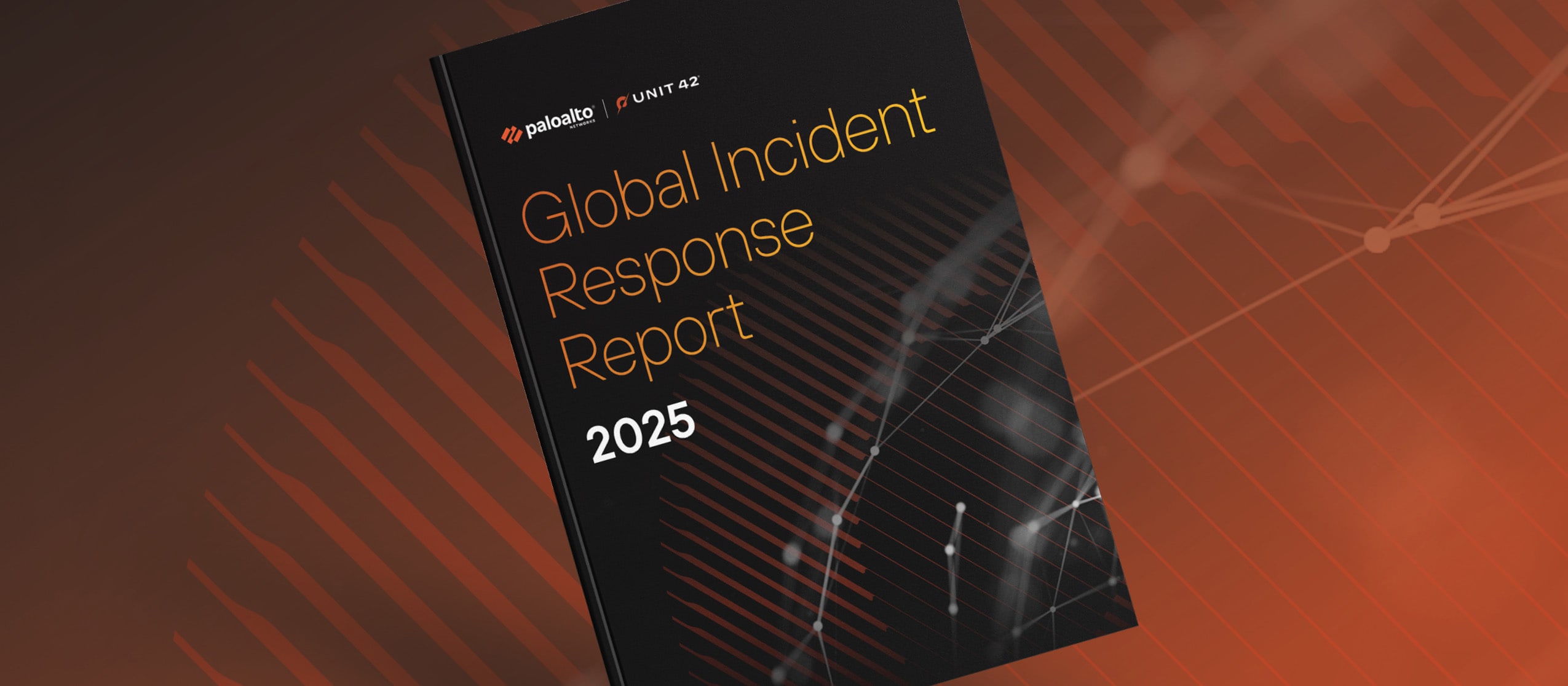When we assess the state of artificial intelligence (AI) in cybersecurity, it’s a dynamic mix of opportunity and challenge. Most of us can agree, AI is undeniably reshaping cybersecurity — offering transformative potential for both defenders and attackers. On the one hand, AI empowers cybersecurity teams to automate threat detection, accelerate responses, and deploy adaptive security frameworks at unprecedented speeds. On the other hand, adversaries are leveraging AI, creating a continuous tug-of-war between innovation and exploitation.
Despite the challenges, though, the future of AI in cybersecurity remains optimistic. As organizations (and vendors) become more adept at integrating AI into their security strategies, they are poised to outpace emerging threats and protect critical infrastructure more effectively than ever before. The progress being made is not only promising but will be a key factor in securing the digital landscape of tomorrow.
What’s Been Done?
While generative AI (GenAI) and tools like ChatGPT ushered AI into the mainstream, AI has been in widespread use in cybersecurity for over a decade. While AI isn’t a new phenomenon, its application in cybersecurity has advanced significantly in recent years. It has become a critical element in both proactive defenses and reactive strategies against attackers who also use AI. Today’s cybersecurity frameworks are designed with AI at their core, helping organizations detect, respond to, and mitigate threats more effectively and more efficiently. This technology is already having a profound impact on threat detection, making it more contextually aware and precise.
A key development has been the global recognition that AI requires substantial resource commitments. Projections show global spending on AI-driven cybersecurity solutions will surge to $135 billion by 2030. This illustrates a growing consensus that AI is no longer optional; it’s essential for defending digital infrastructure across industries and geographies. The increase in global spending signals a broader shift in the cybersecurity landscape, where AI’s goal is no longer about catching up to attackers — it’s about outpacing them.
GenAI, specifically, has become a game changer in cybersecurity. Its ability to automate previously manual tasks as well as make it simple and easy to both gain targeted visibility and administer security platforms are allowing experts much-needed time to focus on other high-value activities. The proactive nature of GenAI underscores how cybersecurity is shifting from reactive measures to preparing for threats before they fully emerge.
Moreover, AI has significantly enhanced cybersecurity workflows by automating repetitive tasks like threat monitoring, alert triage, and malware analysis. This automation is especially valuable in an era when the demand for cybersecurity talent exceeds supply, enabling AI to handle routine operations while freeing human professionals to focus on more strategic efforts.
In threat intelligence, AI has made it harder for hackers to mask their actions, detecting patterns and signals far more quickly than traditional methods. This shift to real-time, data-driven intelligence is essential to staying ahead of adversaries who continually innovate new ways to breach systems.
Organizations are also leveraging AI to secure operational technology (OT) environments — critical infrastructure such as power grids and healthcare systems. Research from Palo Alto Networks shows that 3 out of 4 organizations have experienced cyberattacks targeting OT environments, underscoring the need for advanced AI protections. The integration of AI across critical systems highlights the growing recognition of its necessity, especially in high-risk sectors.
As AI continues to evolve, its role in cybersecurity will only grow. The challenge moving forward is how to best pair AI’s capabilities with human expertise, allowing organizations to stay agile in the face of increasingly sophisticated threats.
What’s Likely to Be Done Soon?
The most exciting aspect of AI in cybersecurity isn’t just what it has already achieved — it’s what’s coming next. As AI continues to evolve, it will enable organizations to bolster their defenses even further, empowering them to stay ahead of attackers. And with the rise of agentic AI, the role of humans in cybersecurity will become more and more strategic, with tactical everyday administration becoming increasingly automated. While adversaries will no doubt try to exploit new AI capabilities, defenders are already investing heavily in optimizing AI’s role in cybersecurity.
One area where AI will become increasingly pivotal is edge computing, particularly in environments where the internet of things (IoT) plays a central role. With more devices and data sources contributing to edge environments, securing these distributed systems presents unique challenges. AI’s ability to process and analyze data in real time will be critical to detecting and mitigating threats in these scenarios. As the National Institutes of Health has noted, “AI-efficient machine learning and deep learning solutions are necessary for next-generation IoT systems to maintain up-to-date and adaptive security systems.” This underscores AI’s essential role in evolving IoT security.
Another key use case for AI in the near future is data privacy. As regulatory frameworks grow stricter, AI will be vital in balancing data access with privacy protection. Technologies like differential privacy and federated learning will allow AI to analyze massive datasets while safeguarding personally identifiable information (PII). These AI-driven privacy solutions will be crucial as organizations navigate the challenge of working with larger, more diverse datasets without compromising data security.
AI is also expected to revolutionize several other areas of cybersecurity:
- AI-First Security Operations Centers (SOCs): With a shortage of skilled security engineers, AI will step in to automate threat detection and response, enabling SOCs to become more intelligent and contextually aware. The future “SOC of the Future” will rely heavily on AI to manage the growing volume of threats while maintaining agility.
- Phishing and Business Email Compromise (BEC) Defense: Given that email remains a primary attack vector, AI will enhance defenses against phishing and BEC attacks. AI’s ability to analyze communication patterns in real time will help organizations stay ahead of increasingly sophisticated email-based threats.
- Enhanced Data Insights: AI will take analytics to the next level. As the conversation around big data evolves, AI-driven analytics will provide more actionable insights, allowing organizations to make data-driven decisions with greater precision.
- Simplification of IT and SecOps Architecture: As cybersecurity infrastructures grow more complex, AI will help simplify workflows by creating a more platform-centric approach to cybersecurity. This integration will reduce operational complexity and improve security effectiveness.
- Network Security: As networks become even more interconnected and mission-critical, AI will play a key role in securing any user, on any device, no matter where they may be accessing the network. AI-driven solutions will detect vulnerabilities, prevent lateral movement, and respond to infiltration attempts in real time.
These advancements reflect a paradigm shift in cybersecurity — from reactive to predictive, from manual to automated, and from fragmented to integrated. The real opportunity lies in how organizations will pair AI’s capabilities with human expertise to not only defend against emerging threats but also transform how cybersecurity is executed.
Things to Watch Out For
As AI advances in cybersecurity, one of the biggest risks organizations face is complacency. While it’s easy for CIOs, CISOs, and other C-suite and board leaders to be reassured by AI’s incredible results, they must remember cyber adversaries are constantly evolving. A recent report revealed many organizations experienced breaches after believing their AI-powered defenses were impenetrable. The bad actors only need to succeed once; they are smart, resourceful, and increasingly collaborative through dark web forums and other underground channels.
Organizations must stay on guard, continuously refining their AI strategies to stay ahead.
Additionally, governance, risk, and compliance (GRC) concerns should remain top of mind as AI continues to be integrated into security operations. Regulatory pressures from consumer groups and legislators are increasing, especially as AI’s role in handling personal and private data grows. Technologies such as differential privacy and federated learning help mitigate these risks, but companies must remain vigilant about legal and ethical issues. With new regulations emerging, such as expanded privacy laws under GDPR and CCPA, and case law continuing to evolve, organizations must ensure their AI deployment is compliant and future-proofed.
What You Can Do Right Now
To make the most of AI in cybersecurity, here are a few actionable steps organizations should consider:
- Integrate AI Across the Cybersecurity Ecosystem: AI shouldn’t exist in a silo within the cybersecurity function. Instead, it needs to be embedded in networks, security infrastructure, workflows, and policies. Appointing a singular “AI cybersecurity czar” limits AI’s potential. Instead, every member of the cybersecurity team should treat AI as a core competency, fostering a collective understanding and engagement with the technology.
- Training AI with Comprehensive Threat Data: The effectiveness of AI in cybersecurity hinges on the quality and breadth of data used to train its models. Generic or narrowly scoped datasets fail to capture the dynamic complexity of today’s threat landscape, limiting AI’s ability to anticipate and neutralize evolving attacks. By leveraging vast, real-world datasets that reflect diverse attack vectors and adversary behaviors, organizations can arm their AI systems with sharper predictive and defensive capabilities. Precision AI exemplifies this approach, integrating global threat intelligence to not only detect but preemptively block advanced threats — setting a new benchmark for adaptive and comprehensive cybersecurity solutions.
- Stay Informed and Proactive About AI Developments: The AI landscape is evolving at a rapid pace, with new developments emerging in best practices, responsible use, regulatory frameworks, and threat detection techniques. Staying up to date on these trends is essential. Regularly engage with industry reports, attend webinars, and participate in AI-driven cybersecurity communities to ensure your team is continuously learning and adapting.
Ultimately, the future of AI in cybersecurity is one of optimism. As this powerful technology continues to evolve, it offers organizations the tools to stay ahead of emerging threats and fortify their defenses. However, with this potential comes responsibility. By embedding AI into every layer of security, and staying informed about the latest developments, organizations can fully unlock AI’s potential to transform how we defend against an ever-evolving threat landscape.
The fight isn’t over, but with AI in the mix, the outlook is certainly brighter.
Want to see what else Rich has to say? Check out his other features here.







